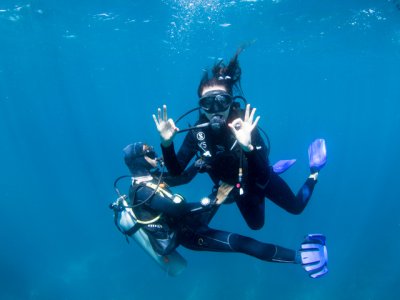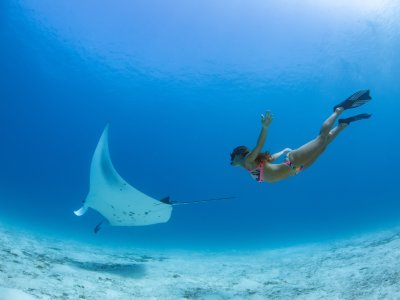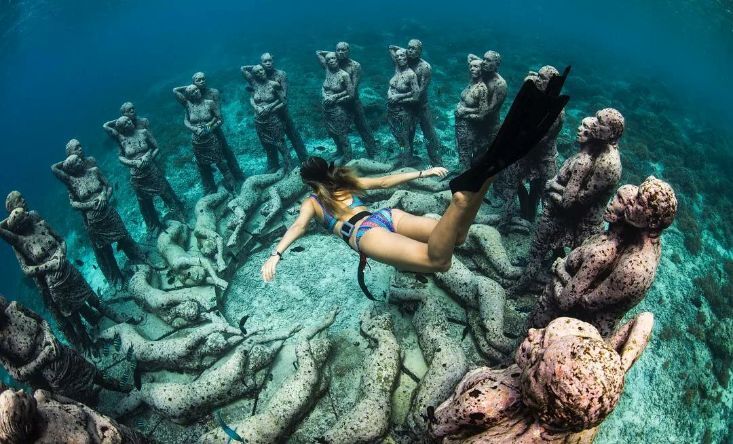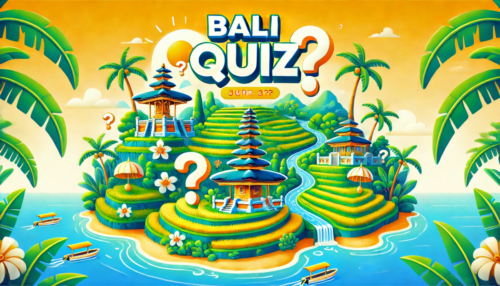Diving and Snorkeling in Bali: Best Spots, Hidden Gems, and Tips
Bali is a paradise for underwater enthusiasts, offering diverse dive sites and snorkeling spots. From vibrant coral reefs to shipwrecks, and encounters with manta rays and mola-mola, Bali’s waters cater to both beginners and experienced divers. However, the ocean’s conditions vary greatly across the island, with currents, jellyfish, and occasional marine debris posing challenges. Here’s a guide to the best places, hidden spots, and important considerations for diving and snorkeling in Bali.
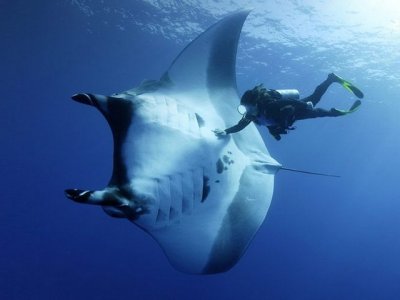
1. Tulamben (Northeast Bali)
Highlight: USAT Liberty Shipwreck
Best For: All skill levels, especially beginners and wreck divers.
Features: The USAT Liberty, a WWII shipwreck, is one of Bali’s most famous dive sites. Located just off Tulamben’s beach, it’s accessible for both snorkeling and diving. The wreck is covered in vibrant coral, and the area teems with marine life such as parrotfish, barracuda, and turtles.
Considerations: Currents are generally mild, making this a safe option for most visitors.
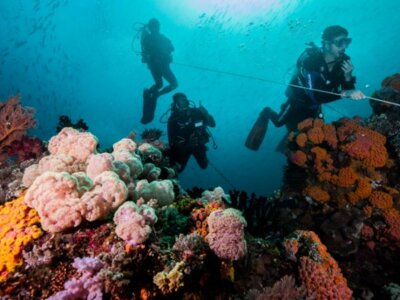
2. Amed (Northeast Bali)
Highlight: Coral Gardens and Jemeluk Bay
Best For: Snorkelers and beginner divers.
Features: Amed is famous for its crystal-clear waters and stunning coral gardens. Jemeluk Bay offers a variety of marine life, including reef sharks, clownfish, and octopuses. Artificial reefs and statues add an element of mystery to the dive.
Secret Spot: Japanese Shipwreck, a lesser-known dive site with colorful coral and schools of fish.
Considerations: Calm waters make Amed a fantastic spot for beginners, though occasional jellyfish can be a concern.

Menjangan Island (Northwest Bali)
Highlight: Pristine Coral Reefs
Best For: All skill levels.
Features: Located in West Bali National Park, Menjangan Island is home to some of Bali’s best-preserved coral reefs. The underwater world here is stunningly vibrant, with excellent visibility and diverse marine species, from seahorses to reef sharks.
Secret Spot: Explore the “Pos 2” dive site for a chance to see rare creatures like frogfish and nudibranchs.
Considerations: This area is well-protected, so pollution is minimal, but keep an eye on seasonal currents.
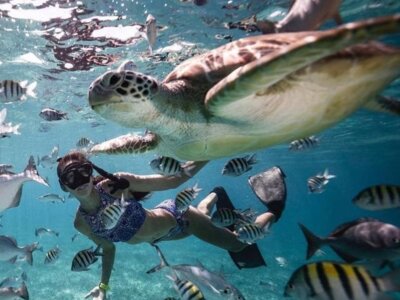
Nusa Penida and Nusa Lembongan (Southeast Bali)
Highlight: Manta Point and Crystal Bay
Best For: Advanced divers.
Features: Nusa Penida offers thrilling encounters with manta rays at Manta Point and mola-mola (sunfish) at Crystal Bay. The coral reefs are also vibrant, teeming with marine life. Nusa Lembongan, nearby, is famous for its drift diving.
Secret Spot: Gamat Bay, a less-crowded alternative with equally stunning marine life and coral formations.
Considerations: The currents in Nusa Penida are strong, so these sites are best for experienced divers. There can also be seasonal jellyfish, so it’s wise to wear protective suits.

Padang Bai (East Bali)
Highlight: Blue Lagoon
Best For: Snorkelers and beginner divers.
Features: Padang Bai is home to the Blue Lagoon, a quiet bay with soft sand and gentle waters. It’s great for spotting smaller critters like nudibranchs, seahorses, and colorful reef fish.
Secret Spot: Bias Tugel Beach, a hidden cove offering beautiful snorkeling with fewer crowds.
Considerations: Occasionally, debris and trash may wash up, particularly after rain. The currents near the harbor can be strong, so stay close to shore.

Pemuteran (Northwest Bali)
Highlight: Bio-Rock Coral Reefs
Best For: All levels.
Features: Pemuteran is famous for its community-driven coral restoration efforts. The Bio-Rock project has created artificial reefs that have attracted vibrant marine life. It’s a peaceful spot, with easy access from the shore.
Secret Spot: Dive deeper into the Bio-Rock structures for a chance to see unusual fish species.
Considerations: Currents are typically mild, and it’s less crowded compared to other parts of Bali.

Sanur (Southeast Bali)
Highlight: Serangan Shark Dive
Best For: Beginners and shark enthusiasts.
Features: Sanur offers a unique shark dive experience, where you can swim with friendly bamboo sharks in a conservation area. It’s also home to beginner-friendly dive sites with artificial reefs.
Considerations: The visibility can sometimes be reduced due to currents or weather conditions. Marine debris can occasionally be an issue closer to the shore.

Things to Consider for a Safe and Enjoyable Experience
Currents: Bali’s waters can have strong currents, especially around Nusa Penida and Nusa Lembongan. These areas are best suited for experienced divers. If you’re a beginner, it’s crucial to stick with a guide and choose calmer spots like Amed or Pemuteran.
Marine Debris: Trash in the water can be an issue, particularly after storms or during the rainy season (November to March). Areas like Sanur and Kuta can suffer from debris, while more remote spots like Menjangan Island and Tulamben tend to stay cleaner.
Jellyfish: Jellyfish are more common in Bali’s waters during certain times of the year, particularly in the rainy season. Wearing a wetsuit or a protective rash guard can help prevent stings.
Visibility: The best time for diving and snorkeling is during the dry season (April to October), when water visibility is at its clearest. However, conditions can change quickly, so always check with local dive centers about the current conditions.
